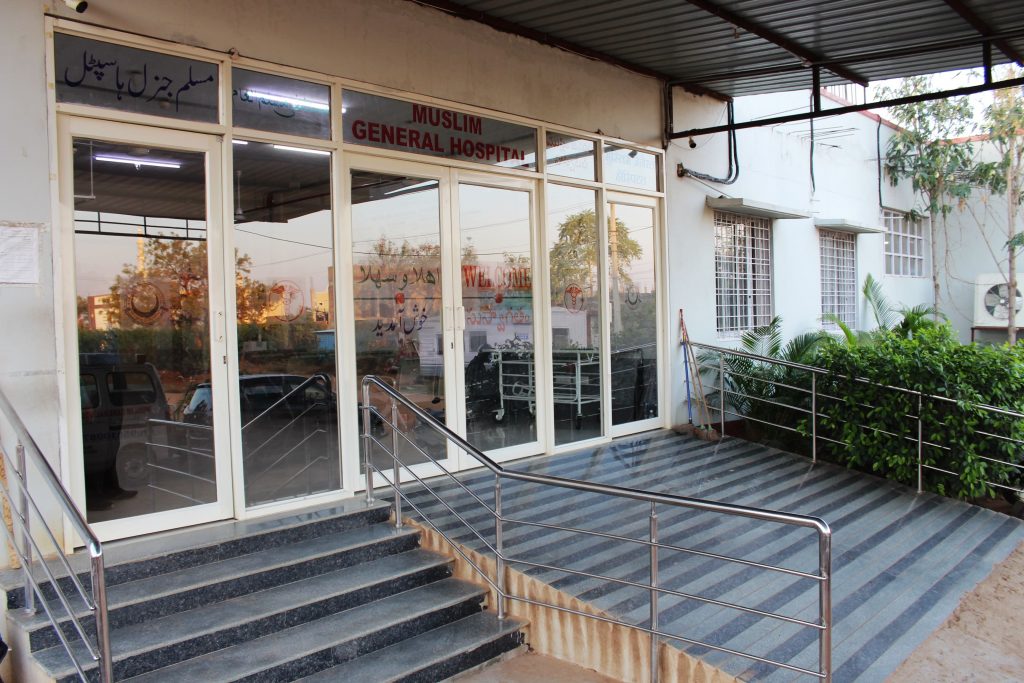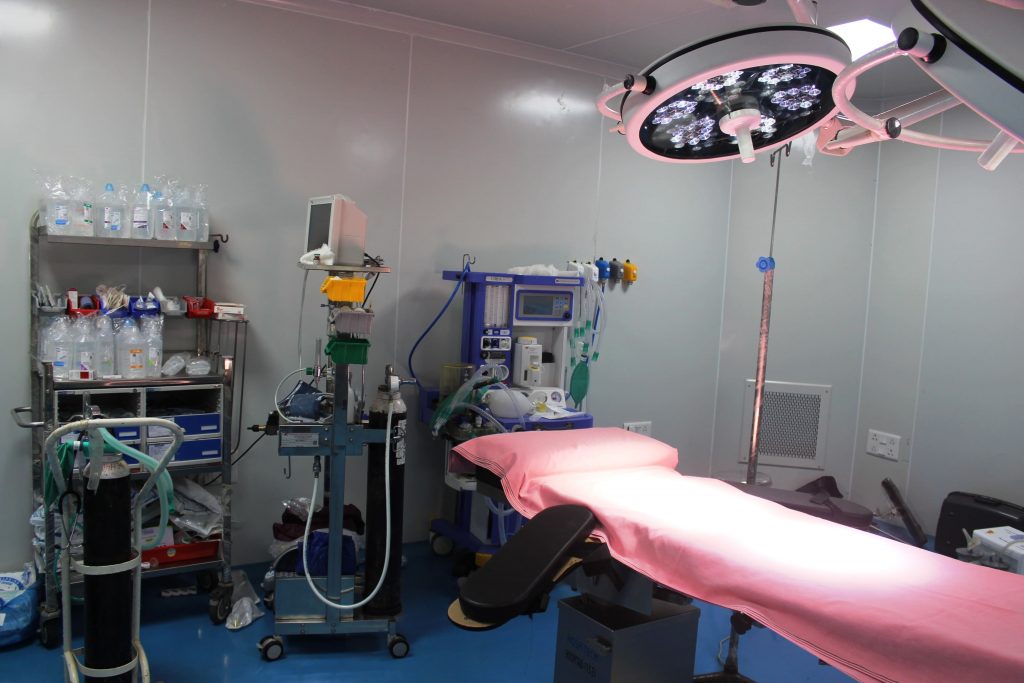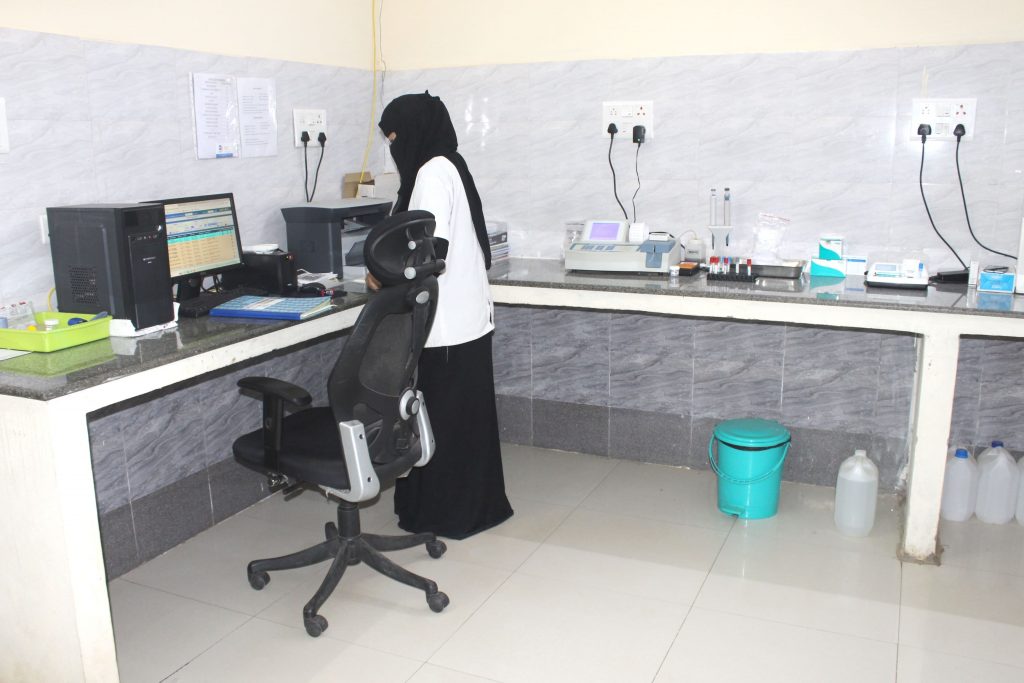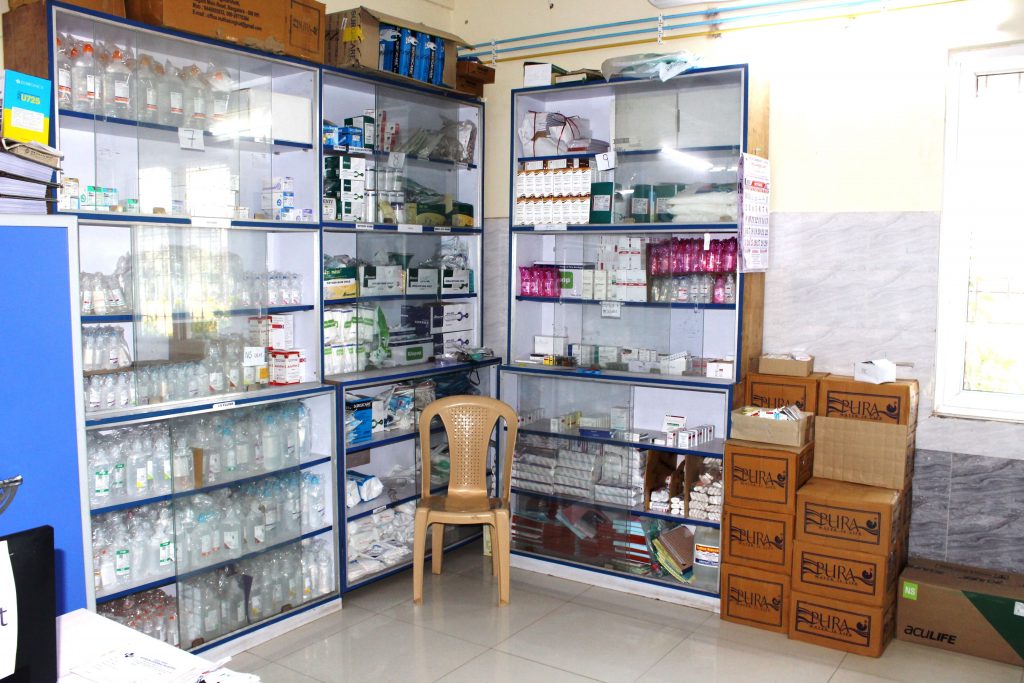
Hospital Services comprise the type, volume, frequency, and availability of hospital services and refer to the clinical services offered by the hospital as well as the operational operations that support those clinical services, which are entirely paid.
The cornerstone of a hospital’s services is its hospital services. They frequently take into account the needs or preferences of the hospital’s primary clients in an effort to transform the facility into a go-to or central institution for the neighbourhood or healthcare system.
In addition to providing clinical and other treatments for particular diseases and conditions, hospitals also offer emergency care. Hospitals are institutions with basic services and personnel—typically medicine and surgery departments.
Basic medical treatment, training, and research for major medical school centres, as well as services produced by a network of industry-owned institutions like health maintenance organisations, are all included in hospital services.



Some of the hospital services are listed below:
- Access to emergency rooms
Any patient in need of urgent medical care who is critically ill should make an appointment in the emergency department as soon as possible. A licensed emergency physician and a nurse who has received special training in delivering urgent care to preserve a life or limb oversee the operation of today’s emergency departments. - A short hospitalisation
Hospital treatment necessitates inpatient admission and typically necessitates an overnight stay. An overnight observation stay could be considered outpatient care.
There are occasions when one issue leads to another. Certain people—those who are confused, unhappy, undernourished, or who are older—often become less capable of caring for themselves when they are hospitalised. People who are unable to appropriately care for themselves are more likely to require longer hospital stays.
- Radiography and X-ray services
To create detailed images of the inside of the body, radiologists utilise X-rays, magnetic waves, and ultrasound. Then, using such photos, medical professionals may identify and classify diseases and injuries, as well as devise treatment strategies.
A very small quantity of radiation is used by X-ray (also known as radiography) to create images of the inside of the body. The earliest and most used type of medical imaging is the use of X-rays. They are frequently used to find foreign items in soft tissue and to see bone fractures, fractures, and infections.
- Services for general and specialised surgery
General surgery is a branch of surgery that focuses on abdominal organs like the stomach, small intestine, colon, liver, pancreas, gallbladder, and bile ducts, as well as frequently the thyroid gland. Hernias and skin problems are two other conditions that general surgeons treat.
The American College of Surgeons recognises 14 surgical specialities: paediatric surgery, plastic and maxillofacial surgery, urology, gynecologic oncology, neurological surgery, ophthalmic surgery, colon and rectal surgery, general surgery, gynaecology and obstetrics, gynecologic oncology, and vascular surgery.
- Blood donations
A voluntary operation that has the potential to save lives is blood donation. There are various blood donation methods. Different medical needs are served by various types.
The most frequent type of blood donation is whole blood. You give roughly a pint (almost a litre) of entire blood with this donation. The blood is subsequently divided into its component parts, including red blood cells, plasma, and occasionally platelets.
- Laboratory services
A hospital’s clinical laboratory uses samples of patient fluids or tissues to look for signs of illness or other disorders. Anatomic pathology, clinical chemistry, haematology, genetics, microbiology, phlebotomy, and the blood bank are some of the sections that the area is divided into.
A medical laboratory, also known as a clinical laboratory, is a facility where tests are carried out on clinical specimens to gather data on a patient’s health for the purposes of illness diagnosis, treatment, and prevention.



